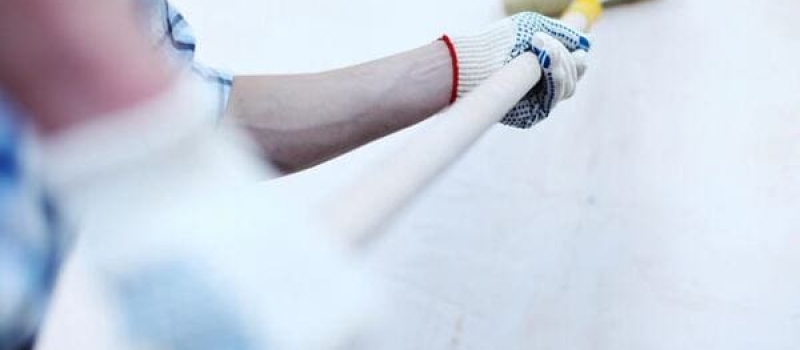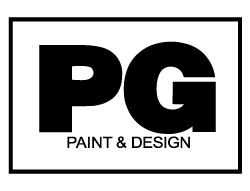Everyone knows the basics to doing their own DIY painting such as using drop cloths to protect furniture and flooring, and adding painters tape to areas where no paint should go. Knowing additional tricks and techniques that will lead to a professional end result is never a bad idea.

If plans are in the works for painting a room, your new house or condo you want to ensure you get the best results in the end. You may want to tackle the project yourself or hire a professional painting contractor whichever you decide to do here are some helpful tips to getting it done.
Tips For Painting Interior or Exterior
As easy as it seems to simply open a can of paint, dip a paint brush or paint roller into it and start painting walls and ceilings, once you get started your opinion will change as you begin to learn it’s not just a one two process.
If you’ve ever done your own interior painting or exterior painting you will know that things are not as easy as you may have thought when you got started.
To help you help you save money, time and labour on your next home painting project here are a few house painting tips that could be useful on you next DIY project.
Tip # 1 Planning
Start with a plan first. Make a list of the rooms or areas you will be painting so that you can budget for the things that you will need such as tools and supplies as having good quality paint brushes will make a difference to the end result.
Plan and budget how much paint will be needed and the cost of buying paint helps you stay on budget before you get started.
Next to successfully prepare a room for painting move any furniture out of the space or place it all in the centre and cover with plastic sheeting used by painters or drop cloths.
Useful and helpful tips to getting the project started helps avoid things like running out of the supplies right in the middle of your project.
Tip # 2 Prep The Work Area
Since Rome was not built in a day, don’t expect to get it all done in a day. It helps to break it down by starting with all the prep work first.
While most think it is not important enough to get the surface areas to be painted properly prepped before painting, we recommend you don’t skip this first and important step to getting professional end results.
Tip #3 Repairing of walls
Start with making sure any imperfections to drywall are properly sealed with either caulking or drywall compound, fill nail pops or cracks in the walls or ceiling and ensure any wood work like trim and moulding have been filled with wood filler. Once these pre-painting tasks are completed you need to lightly sand the areas to create a smooth finish for which paint can adhere.
Tip #4 Caulking before Painting
Ensure the trim and molding have all been sealed with caulking and that way the paint finish will look smooth and no gaps will appear. Caulking around windows and doors, baseboards and any woodwork trim is another important key element to properly preparing your area before painting.
Tip #5 Sanding & Priming
Sanding & Priming are the next step to achieving the perfect end result and a smooth paint finish. Using an acrylic latex caulk with silicone for best results, squeeze it onto the area and smooth it over with a wet finger and let it dry completely.
After the drywall repairs, caulking and fillers have been completed, a light sanding of the area prep the surface for the primer paint.
Tip #6: Wallpaper Paste and Wallpaper removal
If there is wallpaper on the walls it should be removed before starting on any other task.
Using hot steam or hot water will typically loosen the wallpaper enough to be able to be peeled and removed. If the hot steam or water methods are not successful then purchasing a DIF wallpaper stripper product will definitely make it removable.
Hire Professional Painters
There is a lot of planning and budgeting before you start your own diy painting project. From buying all the supplies, tools and equipment you will need it may just be worth the while to hire a professional painter.
Getting a painting estimate, from a painting company will save you time and money and prevent you from having to keep and store all the supplies you may never use again.
It’s important to note that when hiring professionals go through all the details of the work you want done, ask the questions you need answers to before committing.
If you have concerns about VOC (volatile organic compound) emissions, it’s a good idea to discuss with professional painters.
As experts in paint they will have the knowledge to reassure you that the most commonly used water based paints today have been reformulated to be little to no exposure to VOC’s making them environmentally safe to use inside your home and around your family and pets.
It is also important to note that disposing of any leftover paints should be done safely. You can check with the schedule provided by the City of Ottawa municipality.
This post was originally published on Apr 20, 2015 and edited on Jan 28, 2022
